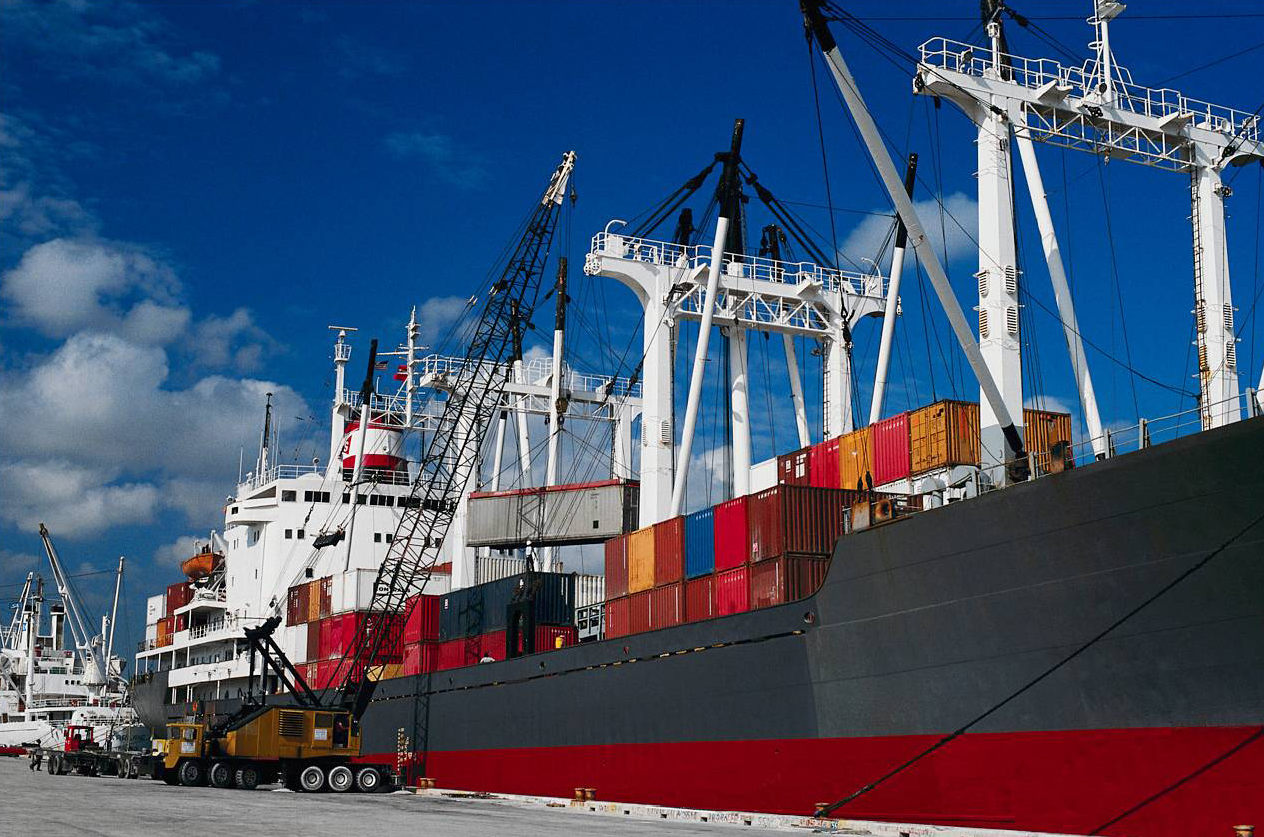Italy’s leading economic indicator improved in December but at a slower rate than in the previous two months, suggesting the current growth rate will be sustained, statistics office ISTAT said on Friday.
The long-stagnant Italian economy has been picking up since the end of last year and the recovery is looking increasingly solid, supported by job growth and buoyant business sentiment, news outlets reported.
Third-quarter GDP growth clocked in at 0.4%, ISTAT said earlier this month, adding that even if there is no growth in the fourth quarter, full-year growth will come in at 1.4%. Inflationary pressures remain limited, the agency said.
The government forecasts expansion of 1.5% for 2017, which would be the strongest rate since 2010, but lag other European Union countries.
Italy's economic recovery is being reinforced by the manufacturing sector on the back of growth in production and exports, ISTAT said. "The manufacturing sector is reinforcing the economic recovery showing positive trends both in production and exports," the agency said.
"The leading indicator improves in a context characterized by high levels of confidence among consumers and businesses," it said, adding that business confidence is slowing only in the construction sector.
The ISTAT also noted that the unemployment rate is slowing and the dynamics of the labor market remains positive. However, obstacles persist in reaching a pre-crisis rate of unemployment beyond the significant reduction recorded in mid-2015, the agency said.
Yields Spike
Italian government bond yields hit fresh two-month highs on Friday, a day after the president dissolved parliament and a general election was scheduled for March 4.
The vote is expected to produce a hung parliament which could result in instability and possible market turbulence for the eurozone’s third largest economy, Reuters reported.
The biggest flashpoints in the race are expected to be Italy’s lackluster economy and the migration crisis, which has brought more than 620,000 asylum seekers to the country from across the Mediterranean Sea over the past four years.
The main Italian stock index meanwhile underperformed the European stock index, slipping as much as 0.64%. “Even though the risk of an anti-EU government is not as big as 12 months ago, spreads could still widen further as the election day comes closer,” said ING strategist Martin van Vliet.
“Don’t forget also the long term outlook for Italy remains challenging, with high indebtedness and low structural growth. The question for investors is what will happen in the next downturn,” he said.
The yield on Italy’s 10-year government bond rose to 1.979%, up nearly 4 basis points on the day. The bond yield spread over benchmark German Bunds was also at its widest since late October at around 154 bps.
These levels are a far cry from three weeks ago when Italian borrowing costs fell to the lowest in over a year at 1.63%, the result of a rally sparked by the European Central Bank’s decision to continue it’s bond-buying until at least September 2018.
But now, Van Vliet said ING’s forecast of a 175-200 bps Italy-German bond yield spread in the run up to the election is looking far more likely that it had at the start of the month. “At the start of December everyone was like, really? But now it looks highly possible,” he said.
Inflation Insight
German 10-year borrowing costs also briefly hit a two-month high of 0.436% on Friday ahead of the release of inflation data from the bloc’s largest economy, though it was flat by midday at 0.424%.
The eurozone economy has surged in 2017, but the corresponding inflation boost hasn’t been quite as convincing, particularly when stripping out the effect of higher oil prices.
“The dip in core inflation is set to be followed by lower headline inflation today and next month. Whether the market looks through these falls is debatable,” Mizuho strategist Peter Chatwell said in a note.
In an early indication of how the German number—due later in the day—could pan out, consumer prices in the state of Saxony rose 1.7% year-on-year in December, lower than the 2% inflation recorded in November.


